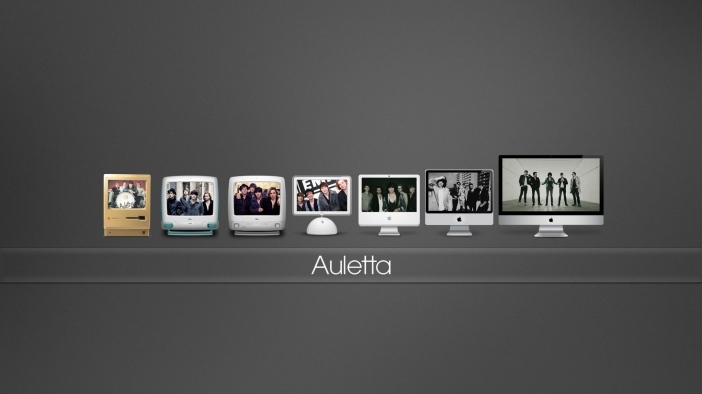Social media now has millions of users worldwide. There are blogs, social network sites, podcasts, discussion forums, video and photo sharing sites, wikis, and even product review social media sites. Youtube dominates as the #1 social media site with Facebook as the #1 site for time spent.
I grew up and saw social media rise and die. I used Myspace back when it was super popular then moved on to Facebook once it became clear Myspace was dead. Instagram and Twitter came next and eventually Snapchat. I’ve had Tumblr, Pinterest, Youtube, Linkedin, and Hi5 accounts.
Now, my time is mostly spent between Snapchat, Facebook, and Instagram. I also use Youtube but mostly to watch videos and not to socialize. I use all of these in different ways. Facebook is mostly to get updates on news, stay connected to family, and keep track of events happening around me. Snapchat and Instagram are apps that I use to stay connected with friends and post more freely on.
Since starting college, however, I have begun to cut back on my social media use. Now that classes, homework, and extracurriculars take up more of my time, I don’t have as much leisure time to dedicate to social media. I uninstall everything except Facebook and Snapchat and messaging apps during the semester so that I don’t waste time.
When I was in high school, I had a lot of leisure time to browse Tumblr and Pinterest. Now those accounts sit untouched. I only use Twitter during breaks. The reason why I cut back is because more is at stake than before. I have more responsibilities and my grades are more important than ever. With the increasing spotlight on privacy issues, I also don’t want to put more personal information out there since I don’t always know where it’s going or who can see it.
In many aspects, social media enhances my relationships with people. I’m better able to find things we have in common and stay updated on people’s lives. I’m not the best at maintaining contact but social media lets me stay aware of my friends and family and know how they’re doing. I don’t necessarily think it gives more relationships with less quality depending on the type of person you are. I tend to only accept people I know but some people try to expand their networks as much as they can. In that case, it can lead to shallower relationships. The quality of relationships depend on more than social media interactions.
Although most people would agree that social media is a way to improve interpersonal human communications, it can also be used for awful things. Cyberbullying can have real-life effects and even lead to suicide. As we discussed earlier in the semester, social media is a form of disembodied communication and people type things they wouldn’t say in person.
Another way social media can be harmful is when fake news or rumors are spread. Increasingly, fake news has risen as people become more polarized on issues. People become more inclined to believe fake news and don’t think critically.
There is no grand solution to these issues as the Internet is a complex thing to regulate. However, a way to combat cyberbullying is by taking it seriously and believing people when it happens. By trivializing cyberbullying, affected people are less likely to report it and this enables perpetrators. Educating children in school is another good way to combat cyberbullying as well as having real-life consequences for perpetrators. Legislation would be a good avenue of change.
Additionally, if traditional news reporters and journalists were more inclined to criticize and call out fake news, it would help the masses be able to think critically and spot fake news. Currently, reporters entertain the idea that fake news could be real news and spend a lot of time debating whether or not they’re true. With a change in the way the media handles news, this could influence the way people think about information on social media. As always, education plays an important role in equipping people with the necessary tools to recognize the legitimacy of information.
Social media is another commtech that seems far from phasing out. Although individual sites may soon decline – Twitter – the prevalence of social media in our society seems to indicate that it is far from going the way of the VCR. Individuals may choose to disconnect but for each of those gone, there are much more to take their place.
(Next blog I will disconnect from the grid and see how it goes. Here’s another Parks and Rec clip to commemorate.)
